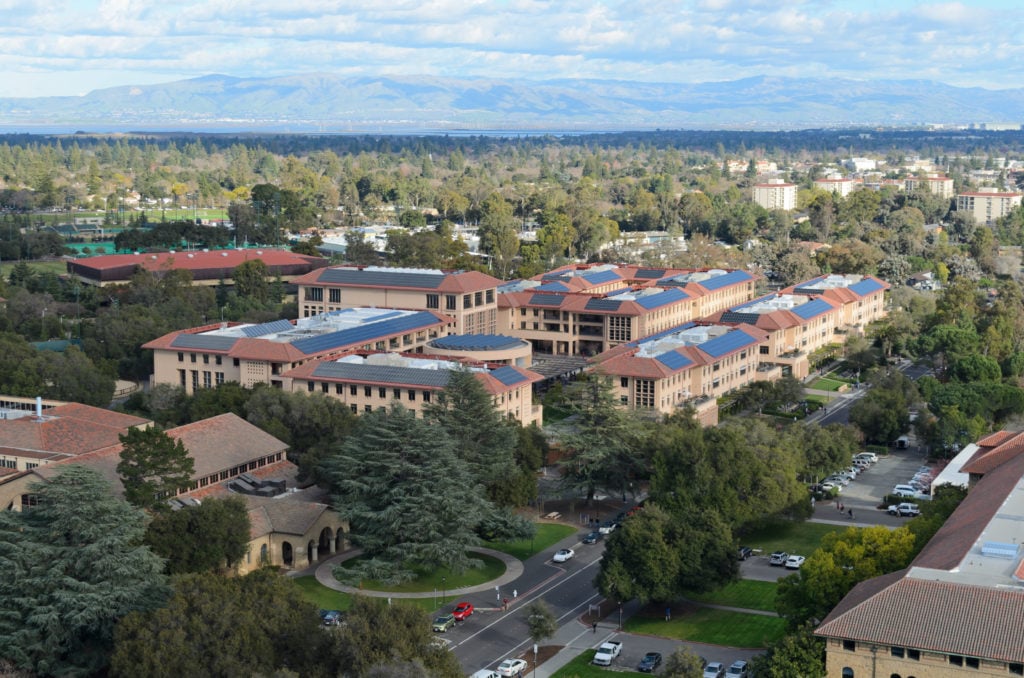Exploring the Global Diversity of Higher Education: Unveiling the Distinctive Features of Colleges Worldwide
3 min read
In today's interconnected world, the pursuit of higher education has become a global phenomenon. However, colleges around the world differ significantly in terms of their educational systems, cultural contexts, and unique approaches to learning. This article aims to delve into the diverse landscape of colleges worldwide, shedding light on the distinctive features that set them apart.
- Educational Systems:
a) The United States: The American higher education system is renowned for its emphasis on liberal arts education, offering a broad range of subjects before specializing in a major. The system encourages critical thinking, interdisciplinary studies, and student autonomy.
b) United Kingdom: In contrast, British universities follow a more specialized approach, where students typically choose a specific course of study from the beginning. The curriculum is structured and focused, allowing for in-depth exploration of the chosen subject.
c) Germany: German colleges prioritize practical training and apprenticeships, providing students with hands-on experience and close industry ties. The emphasis is on applied knowledge and vocational skills. - Admission Processes:
a) United States: American colleges often consider a holistic approach to admissions, taking into account not only academic achievements but also extracurricular activities, essays, and recommendation letters. Standardized tests like the SAT or ACT are commonly required.
b) United Kingdom: British universities primarily base their admissions on academic performance and entrance exams specific to the chosen field of study. Personal statements and interviews may also be part of the selection process.
c) China: In China, the National College Entrance Examination (Gaokao) plays a crucial role in determining college admissions. The exam is highly competitive and covers various subjects, including Chinese, mathematics, and foreign languages. - Teaching Methods:
a) Lecture-based: Many colleges worldwide still rely on traditional lecture-based teaching methods, where professors deliver lectures, and students take notes. This approach is prevalent in countries like the United States, the United Kingdom, and Australia.
b) Discussion-based: Some colleges, particularly in Europe, encourage interactive learning through small group discussions, seminars, and tutorials. This method fosters critical thinking, collaboration, and active participation.
c) Experiential learning: Certain colleges emphasize hands-on learning experiences, such as internships, fieldwork, and research projects. This approach, often found in Scandinavian countries and Germany, promotes practical skills development and real-world application of knowledge. - Cultural Influences:
a) Western Influence: Colleges in Western countries often prioritize individualism, encouraging students to express their opinions, think independently, and challenge existing ideas. Freedom of speech and academic freedom are highly valued.
b) Eastern Influence: In contrast, colleges in Eastern countries, such as China and Japan, may emphasize collectivism, respect for authority, and a more structured approach to education. Harmony and conformity to societal norms are often emphasized.
Conclusion:
As we have explored, colleges around the world exhibit remarkable diversity in their educational systems, admission processes, teaching methods, and cultural influences. Understanding these differences not only broadens our knowledge but also enables us to appreciate the richness and uniqueness of higher education globally. Whether you aspire to study abroad or simply wish to expand your horizons, exploring the distinctive features of colleges worldwide offers valuable insights into the global educational landscape.
